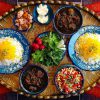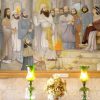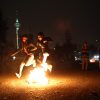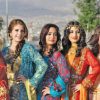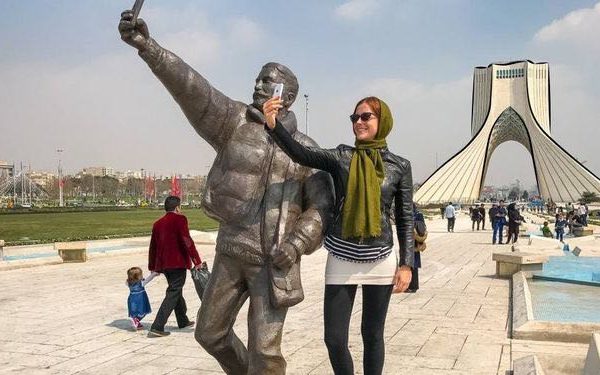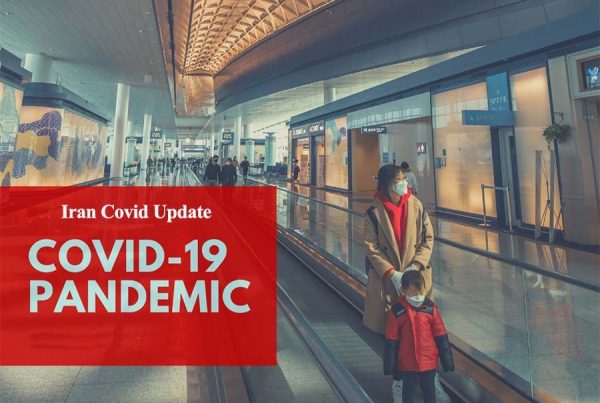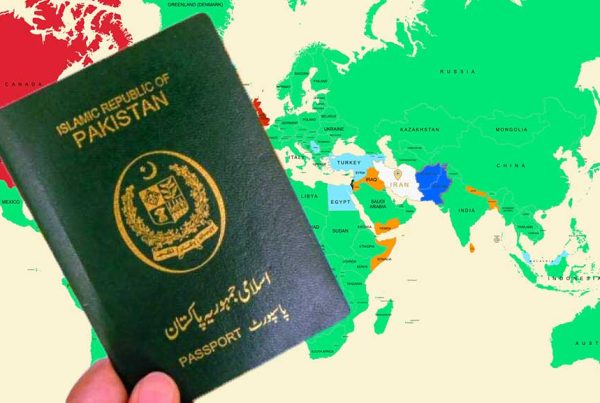The second day of our two-day itinerary for visiting Isfahan – part 2 of Isfahan travel guide map – begins with the great mosque of Isfahan, Atiq Jame Mosque. To visit this one-of-a-kind mosque, you should go to Imam Ali Square or Atiq Square.
if you have not read the first part yet, click here
Imam Ali Square (or as locals call it: Meydan Kohne) had its hay-day during the reign of Saljuq dynasty. So, as an old neighborhood of Isfahan, it comprises a number of tourist attractions including Ali Mosque and minaret (Masjid va Monareh Ali) and Haroon Velayat Mausoleum, where you can see some original tile-work dating back to the time of Safavid Empire.
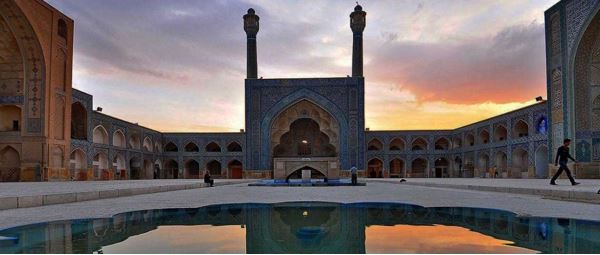
Atiq Jame Mosque of Isfahan, registered as a UNSECO World Heritage Site, is a big must-see if you are a fan of Iranian art and architecture. Being the most important mosque of Isfahan for 14 centuries, Atiq Jameh Mosque is considered as a museum of Islamic architecture and the arts associated with it. Relics from different periods of history, before the Islam, the reign of Arab Caliphs over Iran, Buyid era, Saljuq era, Ilkhan era, Muzafarid era, Teimurid era, Safavid era and Qajar era, come together to form this splendid museum. So, be sure not to miss the Atiq Jame Mosque of Isfahan.
After visiting the Great Mosque of Isfahan, we advise you to go to the bazaar, find the restaurant Haj Mahmood Beryani and have the most famous Isfahanian delicacy, Beryan, for lunch in that restaurant.
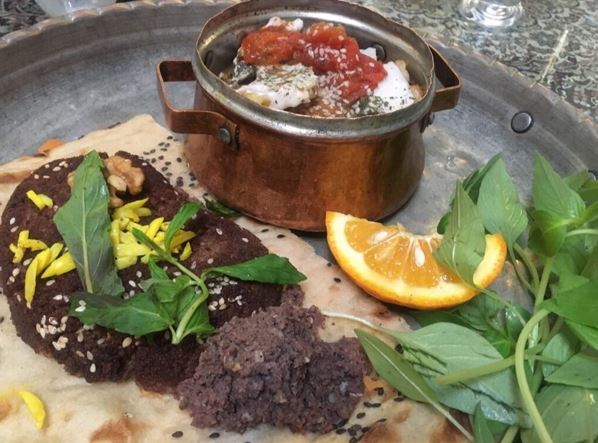
Caution: Do NOT CONFUSE Isfahan’s “Beryan” with the Indian Biryani. Isfahan’s Beryan does not have rice as its ingredient. Actually, it is minced mutton or lamb meat fried over open fire, topped with almond or walnut.
Oh! I almost forgot to tell you that the best drink which goes with Beryan is the Iranian yogurt drink, Doogh!
- Haj Mahmud Beryani
Opening Time: 11:00 a.m.
Closing Time: 3:00 p.m.
Tel: +98 31 34470045
Address: Haj Mahmud Beryani, Enghelab Bazaar, Next to Sheikh Bahayi Alley, Imam Ali Square (Atiq Square), Isfahan, Iran
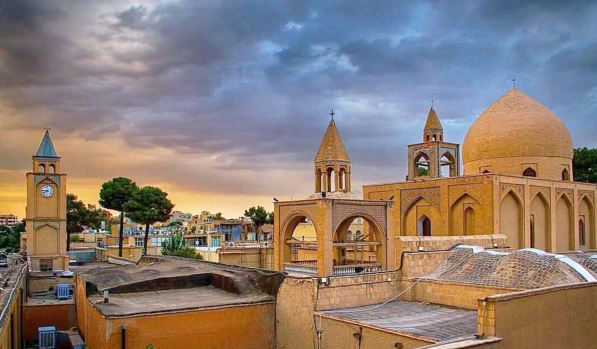
Vank Cathedral, built in 1655, is the biggest cathedral and one of the most impressive marvels Armenians built in the New Julfa Quarter, a neighborhood in the vicinity of Isfahan during the reign of Safavid dynasty. Surrounded by high, humble walls, a huge portal decorated with a clock tower, a tall bell tower, a prayer hall covered with amazing paintings and frescos, a memorial to the Armenian Genocide of 1915, a big, old museum and a recently-built but compact anthropological museum are the highlights of the Vank Cathedral. Visiting the Vank Cathedral of Isfahan is not just fun, it is also a source of inspiration. Go and visit the Vank Cathedral to learn how a small community, far away from its original home, finds its way to prosperity and success.
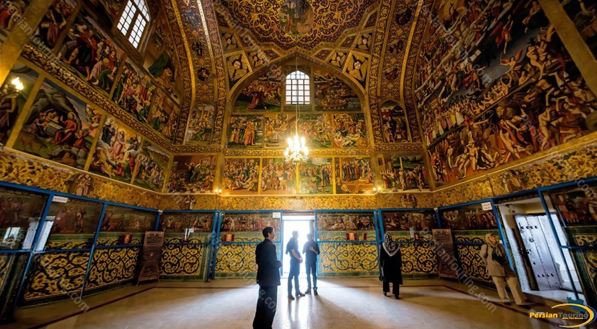
Note: Do not forget to have a stroll in Julfa Quarter. It is brimming with restaurants, cafés, young people and adventures.
- The Best Restaurants and cafés in Julfa Quarter
- Hermes Restaurant and Café

Modern architecture and decoration is the distinguishing feature of Hermes Restaurant. White doors and black walls bathed in soft yellow light create a calming environment in which you can relax and have your breakfast, lunch and dinner. Hermes Restaurant serves a wide range of international and some traditional Persian dishes and is usually frequented by younger people or families.
Opening Time: 8:30 a.m.
Closing Time: 11:45 p.m.
Tell: +98 31 3555 5555
Address: Vank Church Alley, Jolfa Square, East Nazar Street, Isfahan, Iran
- Khangostar Restaurant
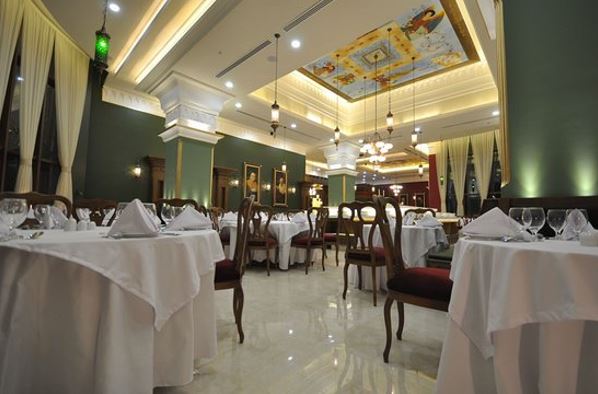
Located on the ground floor of Jolfa Hotel, Khangostar Restaurant is one of the oldest restaurants in Julfa Quarter. It serves excellent traditional Iranian food and features a salad bar which makes the the restaurant vegetarian friendly.
Tell: +98 31 3627 8989
Address: Khangostar Restaurant, Jolfa Hotel, Vank Church Alley, Hakim Nezami Street, Isfahan, Iran
- Toranj Restaurant (Hovans House)
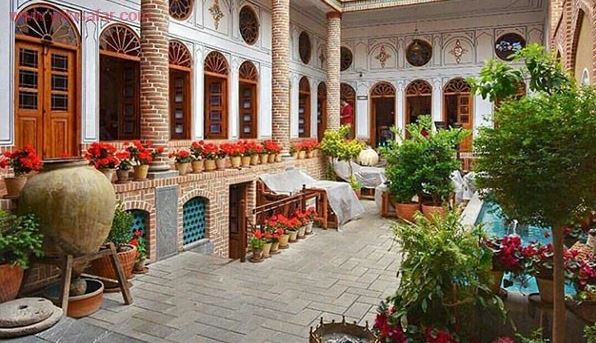
If you like eating traditional Iranian food in a traditional Iranian house, Toranj Restaurant is the best option you have on the table. A beautifully decorated Iranian house with delicious Iranian food is what makes your day. So, do not miss the beautiful Toranj Restaurant.
Opening Time: 11:00 a.m.
Closing Time: 12:00 p.m.
Tell: +98 31 3629 3788
Address: Khaje Abed Alley, Hovans Shiraz Alley, Khaqani Street, Isfahan, Iran
- Firuz Sherbat Café
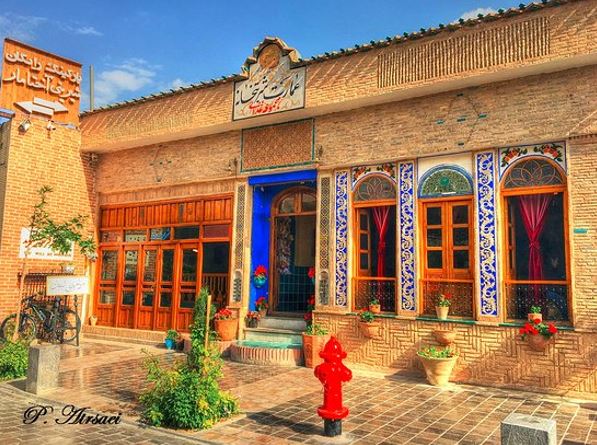
Drinking or eating in Firuz Sherbat Café is like experiencing the Isfahan of Qajar era. If you go to Firuz Sherbat Café, you will sit in saloons with Qajarid decorations, wooden chairs and tables and windows opening into the side walk. You can sit beside one of these open windows and drink coffee, tea or any of traditional Iranian herbal teas while watching people coming and going. Also, you can have a number of your breakfast, lunch or dinner in this little beautiful café. The menu of this café is limited to a number of traditional Iranian dishes like the Iranian Soup called Ash, Eshkeneh, Kashk o Bademjan, Mirza ghasemi, Dolmeh, Koofteh Tabrizi and Ghormeh. However, breakfast in Firuz Sherbat Café is more colorful and variant.
Opening Time: 8:00 a.m.
Closing Time: 1:00 a.m.
Tell: +98 31 3626 8009
Address: Vank Church Alley, Jolfa Square, Isfahan, Iran
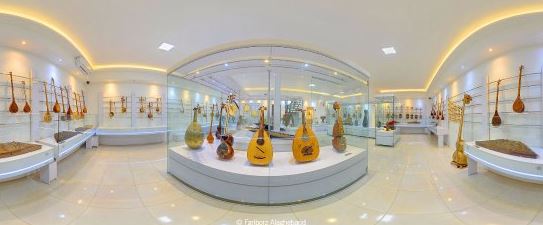
Not far from the Vank Cathedral, there is located the quite popular Isfahan Music Museum. About 300 regional and national musical instruments are on display in this museum, some of them dating back to 150 years ago. In addition, small concerts and musical plays are also held in this museum. So, to have a full experience of the museum, it would be wise to check their program before going there.
Opening Time: 9:00 a.m.
Closing Time: 9:00 p.m.
Site: www.isfahanmusicmuseum.com
Tell: +98 9132251484
And, finally, it is time to visit two of the most famous historical bridges of Isfahan; that is, Si-o-se Pol Bridge and Khaju Bridge.
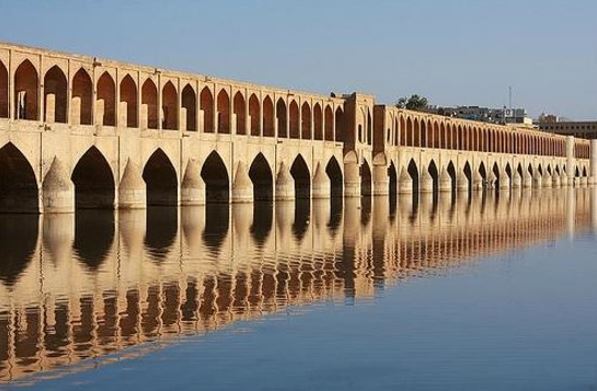
Built by order of Shah Abbas the Great, Si-o-se Pol Bridge is one of the iconic symbols of Isfahan. In Farsi, si-o-se means thirty three and pol equals bridge. Now, because the upper-level of the bridge holds thirty-three arches, the bridge is known as Si-o-se Pol. By the way, the lower part of the bridge also holds twenty rooms which used to function as a refreshingly cool refuge during the hot summer days of Isfahan. The bridge measures 300 meters long, which makes it the longest bridge among all the bridges built over the Zayandeh Rood River.
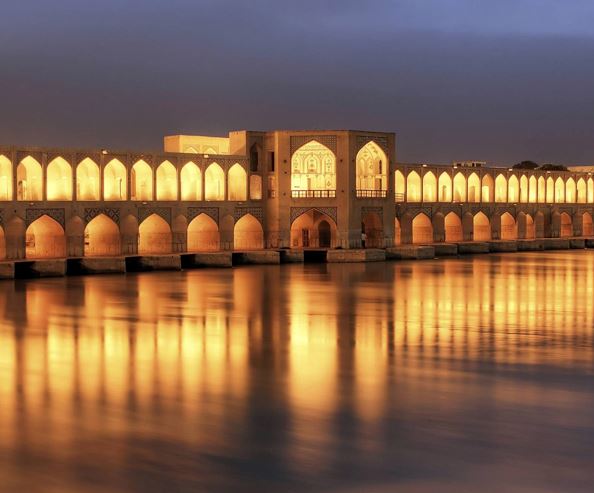
Kahju Bridge, built during the reign of Shah Abaas II, used to function both as a bridge and a dam. Years ago, during special days of the year when there was a celebration, the bridge was blocked and a lake formed behind it. Then, small boats sailed on this lake and splendid firework made the Zayande Rood River and Khaju Bridge much more beautiful than before. For this reason, the bridge is said to have two floors and two pavilions boast their beauty on the second floor. Also, the upper passageway of the bridge is decorated with elaborate tile-work, distinguishing Khaju Bridge from all other bridges in Iran.
And now you have visited all the top tourist attractions in Isfahan in just two days. I hope you had a wonderful experience and are equipped with many stories to tell your dear ones when back home.
Author: Nasir Asadi
If you want to visit Isfahan click here to book a hotel or hostel in Isfahan
find other things to do or activity in Isfahan here
also read: Download Isfahan city guide
also read: book a ticket to must-see attractions in Isfahan


